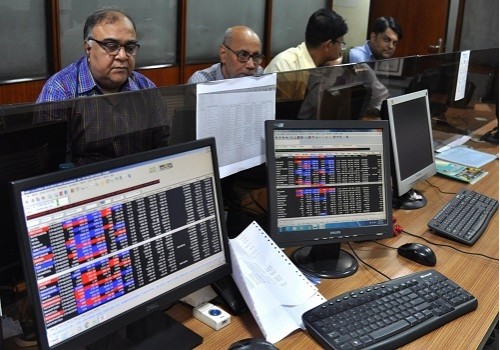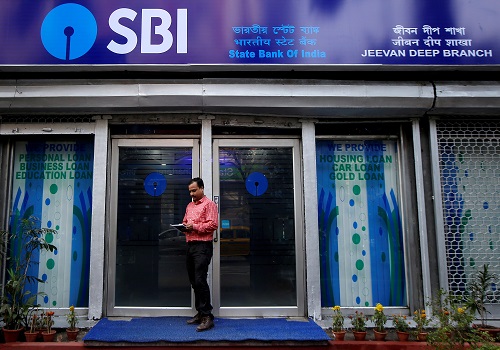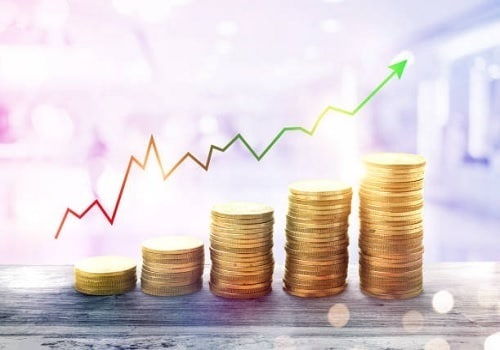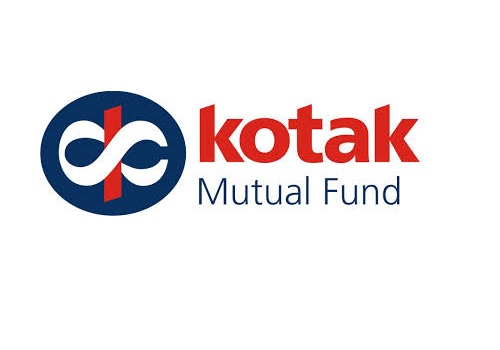Monthly Equity View September 2021 by Sorbh Gupta, Quantum Mutual Fund

Follow us Now on Telegram ! Get daily 10 - 12 important updates on Business, Finance and Investment. Join our Telegram Channel
Below are Views On Monthly Equity View September 2021 by Mr. Sorbh Gupta- Fund Manager- Equity, Quantum Mutual Fund.
S&P BSE SENSEX increased by 9.4% on a total return basis in the month of August-21. After trailing on a YTD basis till last month, it has hurriedly overtaken its developed market peers such as S&P 500 & Dow Jones Industrial Average Index, with a stupendous move this month. It has had a large outperformance of 6.8% vs MSCI Emerging Market Index too.
After a long hiatus, the broader market has underperformed vs. Sensex this month. The S&P BSE Midcap Index appreciated by 3.42% and the S&P BSE Smallcap Index rose by 0.63%. With this month’s performance, the Midcap & the Smallcap index have given the return of 33.91% & 49.6%. on a YTD basis.
Quantum Long Term Equity Value Fund saw a 3.98% appreciation in its NAV in the month of August 2021. This compares to a 7.43% appreciation in its benchmark S&P BSE 200. Cash in the scheme stood at approximately 7.3% at the end of the month. Some of the benchmark heavyweights which the fund doesn’t own or have an underweight vis à vis the benchmark moved up sharply resulting in underperformance this month. Our portfolio remains positioned towards cyclical like large financials, select commodities & consumer discretionary. We are sticking to names that are market leaders in their respective domains, have capable management & strong balance sheets.
Strong Q1FY22 GDP growth on a lower base
India’s GDP rose by 20.1% in Q1FY22. However, these numbers are veiled by a favourable base effect (Q1FY21 had seen a very sharp contraction due to a stringent nationwide lockdown). When viewed sequentially, real GDP declined by 17% in Q1FY22 (vs. Q4FY21). This again is an impact of state-level lockdowns amidst a raging second wave in April-21 & May-21. The economic indicators are suggesting a continuation of the macro recovery. Most of the indicators like electricity consumption & e-way bill generation have moved above the pre-covid-19 levels of February 2020. As the pent-up demand (from second-wave-related lockdowns) wanes, a strong consumption demand in the festive season will be the key to continued economic recovery.
Monsoons trailing below normal:
Contrary to expectations of a normal monsoon, at the start, cumulative rainfall is 10% (630mm) below normal (historical average of 697mm) till August end. Only the South region has received abovenormal rainfall. East & North East/Central/North West regions have received below normal rainfall. The summer season (Kharif) planting is almost over & the sowing area is down by 2% y-o-y to 106mn hectares due to the dry spell of rainfall in July-August. Sowing area for cash crops like cotton has seen a sharp fall but food crops acreage is closer to the 10-year average. If the lower rainfall also affects crop yields then deficient production can lead to higher food inflation, especially in pulses & oilseeds. Lower production of cereals & rice can be taken care of through buffer stocks lying with the government.
The water storage of 130 reservoirs in the country is at 109 BCM vs 131BCM last year (113.6BCM of 10 years average). In terms of utilisation, storage was at 63% of the capacity vs 76% of the capacity of last year. The water storage levels at the end of September (the official end of monsoon season) will be important for winter planting (rabi) as winter crops rely more on irrigation.
Fed taper talks can make the FPI flow volatile in the near term.
August-21 has seen positive flows from FPIs to the tune 284 mn. On a YTD basis, FPI inflows stand at US$ 7.09 bn. Upbeat by the buoyant economic data, the US Federal Reserve has outlined its plan to prepone the ‘normalisation’ of monetary policy. It plans to taper its asset purchases in CY2021 itself albeit gradually. All this fed tapering noise gives a sense of Déjà vu. In May 2013 when the fed reserve talked about tapering asset purchases the INR depreciated 15% against the US$ in the next four months & Indian stock markets also faced bouts of volatility. This time, India’s external position is much stronger on account of a lower current account deficit (CAD) and larger forex reserves so the pressure on INR should be lesser. Domestic institutions are again seeing positive flows in the last few months from retail investors, this should support the stock markets in case of FII flows turn negative in the near term.
Economy & Stocks: Entering the second phase of cyclical recovery
The economic & equity market recovery from the March-20 bottom has played out exactly as a leaf out of an economic textbook. And very similar to what happened immediately after the previous two economic downcycles 2004-05 & 2009-10.
The economy goes into recession. Central banks respond by a cut in interest rates & the government’s role out fiscal stimulus for economic recovery. Easy liquidity & stimulus help asset prices (stocks & real estate) recover & aid consumption demand. Supply response from commodity producers lags demand uptick resulting in price increases. Corporate profitability improves as sales increase faster than the cost.
As we enter the second stage of economic expansion, there are two possible scenarios that can be envisaged:
Scenario One
The demand recovery continues, capacity utilisation of companies improve & they invest in creating newer capacity. The job market is buoyant. Inflation continues to remain high, but it is demand-driven. Companies can pass on higher costs due to better demand. The corporate earning upgrade cycle continues pushing stock prices higher (à la 2005-08)
Scenario Two
The demand recovery fizzles out after the initial recovery. Companies do not invest in newer factories as existing capacities remain unutilised. The job market remains weak. Inflation remains high & corporate profitability comes under pressure as they cannot pass on the higher input cost. The economy is stuck in a stagflation (high inflation low growth) environment. Stock prices stagnate or move up only driven by liquidity. (à la 2010-13)
The uptick in exports & quick improvement sectors like real estate (strong GDP multiplier) & IT (largest creator of white-collar jobs) indicates a higher probability of scenario one playing out. Our higher allocation towards cyclicals in Quantum Long Term Equity Value Fund reflects this belief. Pick up in credit demand from corporates for capacity expansion will be a very important metrics to track for the next six to nine months.
Improvement in macro economy will provide tailwind to corporate profitability. We remain positive on Indian equities from a long-term perspective. Retail investors can stagger their investments or choose SIPs to tide over near-term volatility emanating from a possible Covid-19 third wave or U.S Fed’s taper tantrum.
To Read Complete Report & Disclaimer Click Here
Above views are of the author and not of the website kindly read disclaimer
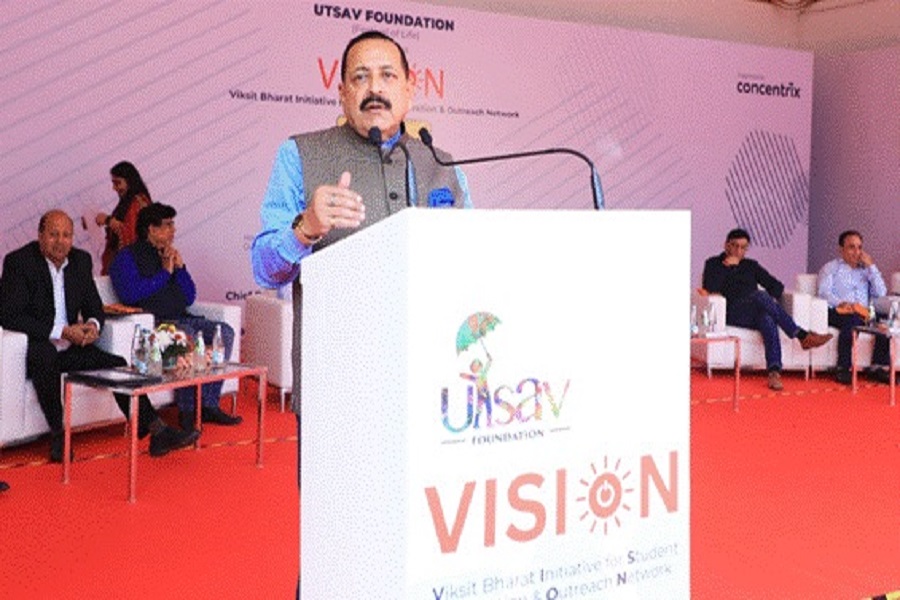








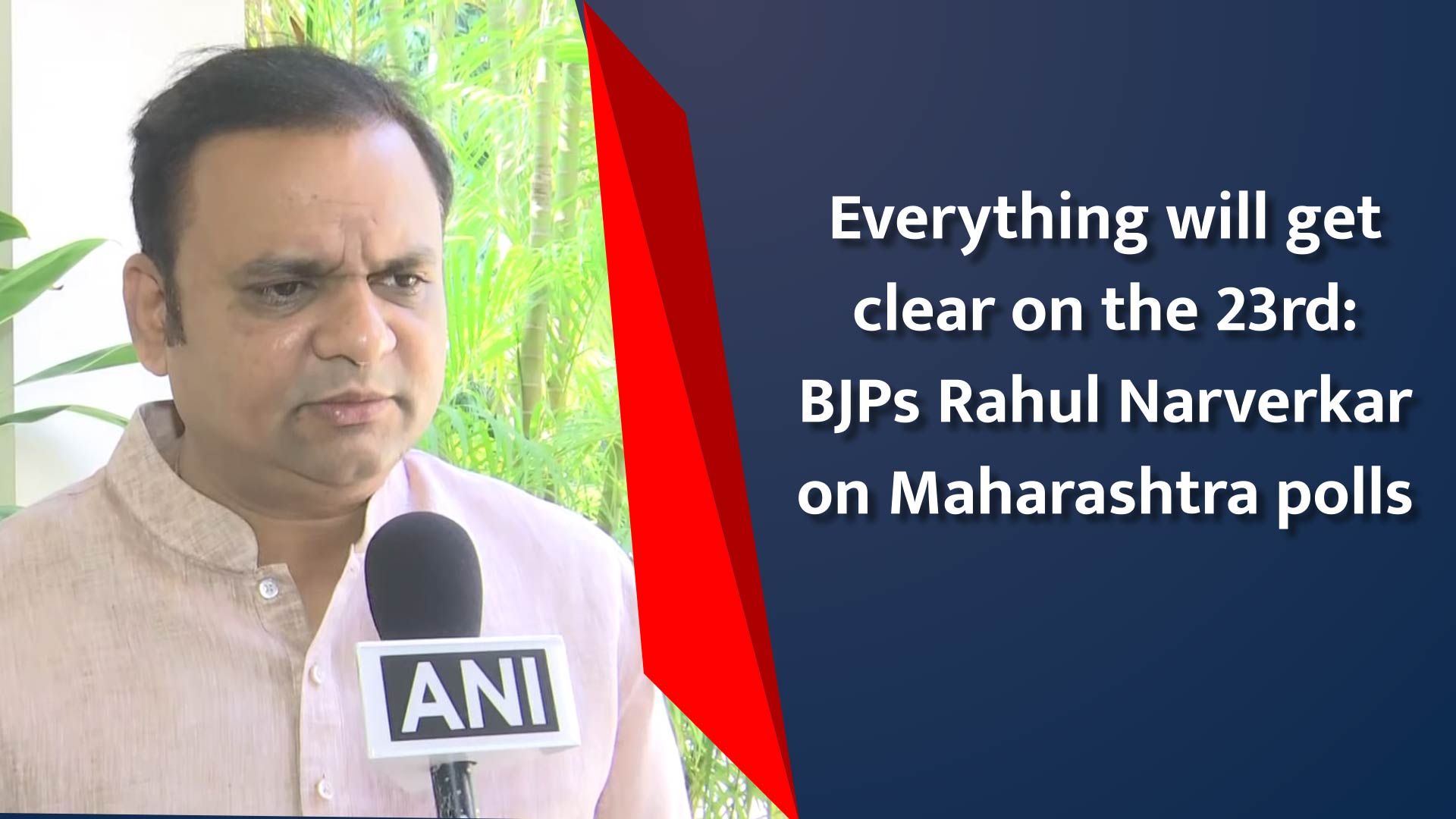
Tag News

We anticipate immense potential benefits from the upcoming Sovereign Gold Bond Tranche in FY...

